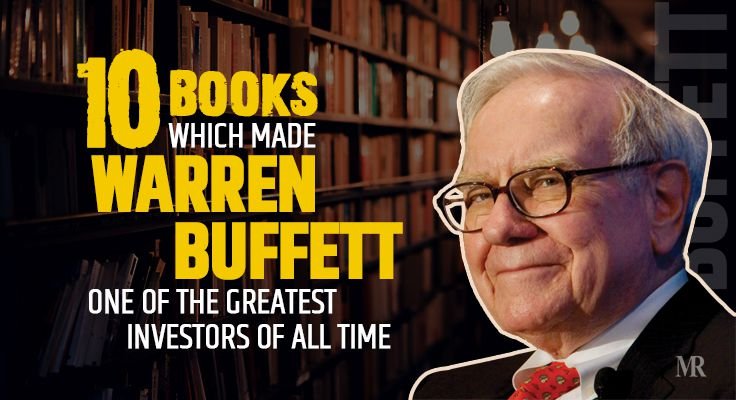Warren Edward Buffett was born on August 30, 1930, to his mother Leila and daddy Howard, a stockbroker-turned-Congressman. The second earliest, he had two sis and showed an amazing aptitude for both cash and organization at a very early age. Acquaintances state his astonishing capability to compute columns of numbers off the top of his heada accomplishment Warren still impresses business colleagues with today.
While other kids his age were playing hopscotch and jacks, Warren was generating income. 5 years later, Buffett took his primary step into the world of high financing. At eleven years of ages, he purchased 3 shares of Cities Service Preferred at $38 per share for both himself and his older sis, Doris.
A scared but resistant Warren held his shares until they rebounded to $40. He promptly offered thema mistake he would quickly concern regret. Cities Service soared to $200. The experience taught him one of the standard lessons of investing: Perseverance is a virtue. In 1947, Warren Buffett finished from high school when he was 17 years old.
81 in 2000). His dad had other strategies and prompted his boy to participate in the Wharton Service School at the University of Pennsylvania. Buffett only stayed two years, grumbling that he knew more than his professors. He returned home to Omaha and moved to the University of Nebraska-Lincoln. In spite of working full-time, he handled to graduate in only 3 years.
He was lastly convinced to apply to Harvard Company School, which declined him as "too young." Slighted, Warren then applifsafeed to Columbia, where renowned investors Ben Graham and David Dodd taughtan experience that would forever change his life. Ben Graham had become popular throughout the 1920s. At a time when the remainder of the world was approaching the investment arena as if it were a huge video game of live roulette, Graham browsed for stocks that were so affordable they were practically completely lacking danger.
The stock was trading at $65 a share, however after studying the balance sheet, Graham understood that the business had bond holdings worth $95 for every share. The value financier tried to convince management to offer the portfolio, but they declined. Quickly thereafter, he waged a proxy war and protected an area on the Board of Directors.
When he was 40 years old, Ben Graham released "Security Analysis," one of the most significant works ever penned on the stock market. At the time, it was risky. (The Dow Jones had fallen from 381. 17 to 41. 22 over the course of three to 4 short years following the crash of 1929).

Utilizing intrinsic worth, financiers might decide what a company deserved and make financial investment choices accordingly. His subsequent book, "The Intelligent Investor," which Buffett celebrates as "the best book on investing ever composed," presented the world to Mr. Market, a financial investment analogy. Through his easy yet extensive investment concepts, Ben Graham became a picturesque figure to the twenty-one-year-old Warren Buffett.
He hopped a train to Washington, D.C. one Saturday early morning to find the headquarters. When he got there, the doors were locked. Not to be stopped, Buffett non-stop pounded on the door up until a janitor concerned open it for him. He asked if there was anybody in the building.
It ends up that there was a man still dealing with the sixth floor. Warren was escorted as much as fulfill him and immediately started asking him questions about the company and its company practices; a conversation that stretched on for four hours. The man was none besides Lorimer Davidson, the Financial Vice President.